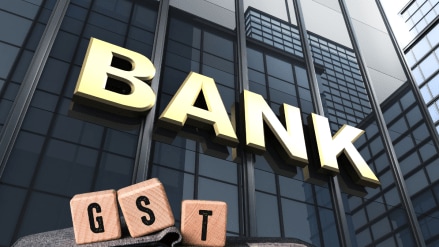Banks and non-banking finance companies (NBFCs) are recalibrating their underwriting models as early signs of stress emerge in the micro, small and medium enterprise (MSME) segment. Rising delinquencies, particularly in smaller ticket-size loans, are prompting lenders to adopt more nuanced credit assessment frameworks.
“We’re expanding our distribution and leveraging data analytics to improve credit assessment and risk management,” Manish Kothari, group president & head – commercial banking at Kotak Mahindra Bank, said. Kotak expects rural India to be an important banking opportunity over the next five-seven years.
Leveraging alternative data for holistic credit assessment
Lenders are integrating alternative data such as GST filings, cash-flow patterns, verified business transactions, timely utility payments, digital footprints, and supply chain data to gain a more holistic view of a borrower’s creditworthiness. Another criterion that lenders look at is whether a borrower has taken multiple unsecured loans.
Shalya Gupta, MD & CEO, Credifin, said it revisits credit policies on a near-daily basis. “We have extended the tenure of e-rickshaw loans to 36 months after observing income compression due to market saturation in certain geographies.”
DBS Bank India waived off prepayment and foreclosure charges across registered MSMEs. This move allows businesses to repay loans early without penalty, and reallocate funds towards priorities such as inventory, technology, or expansion.
Fortifying risk management in microfinance and credit bureau data
Bankers said talks are going on regarding updating the credit bureau data on a daily basis, from a fortnightly basis. The Reserve Bank of India (RBI) in January mandated the frequency of credit information reporting to a fortnightly basis to improve transparency.
“I think this is slightly long-term story, but at least people have started talking about it. So, if that happens, there will be some kind of control that you cannot give four different applications,” a senior official from a private sector bank said.
In the microfinance space as well, where analysts are seeing early signs of stress in smaller loans, MFIs have strengthened their guardrails for new-to-credit customers and curtailed exposure to highly-leveraged borrowers.
According to a Motilal Oswal report on microfinance, on-time collection is becoming a critical metric. This measures the percentage of dues collected within the centres, against collections made later through ‘door knock’.
“MFIs will diversify beyond traditional JLG (joint liability group) loans and will look at further exploring unsecured business loans (individual retail loans), MSME, micro-LAP, and gold loans. These new offerings will enable MFI lenders to gain a higher wallet share of their existing customers (with strong repayment track record), while preserving credit discipline and robust risk management,” it added.
According to the RBI’s Financial Stability Report released in June, the outstanding MSME credit for banks dealing in organised MSME borrowers (excluding sole proprietors and small enterprises) rose 14.1% on year in 2024-25, and the share in total bank credit reached a record high of 17.7%.
